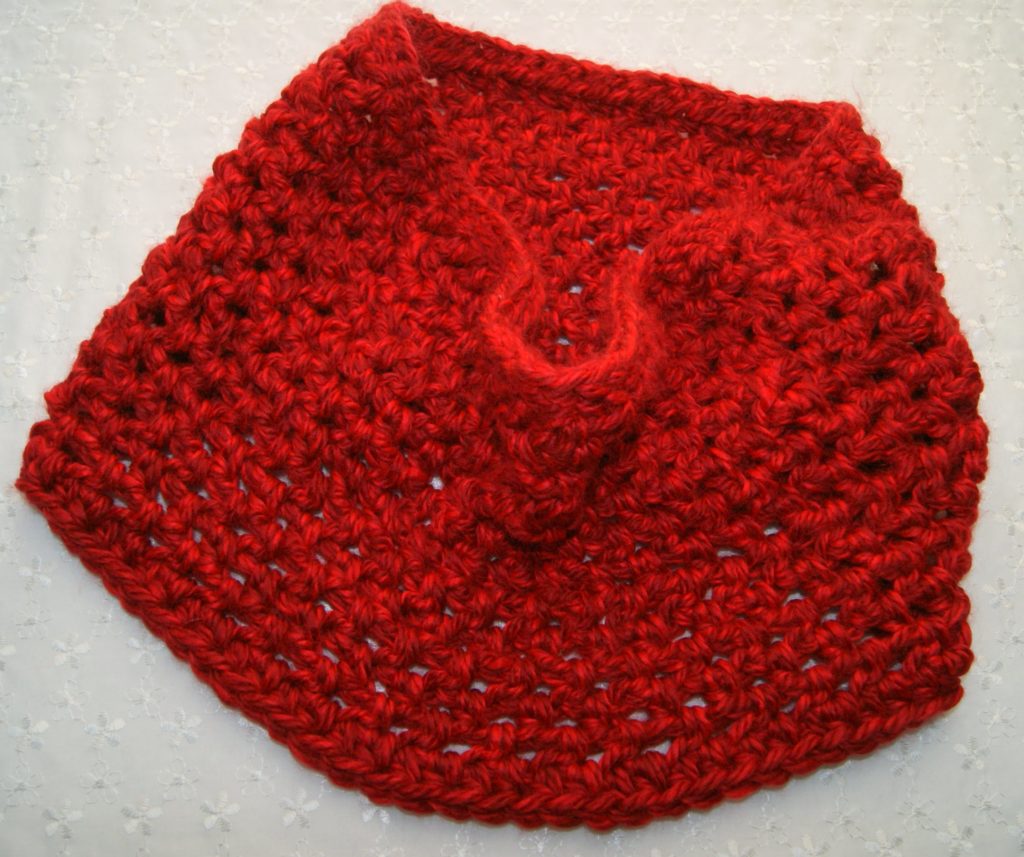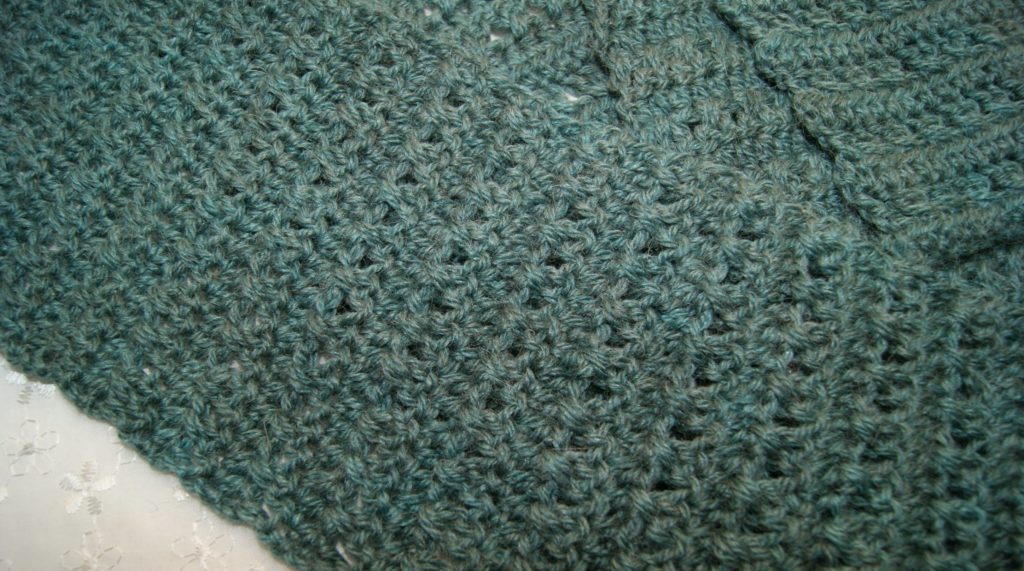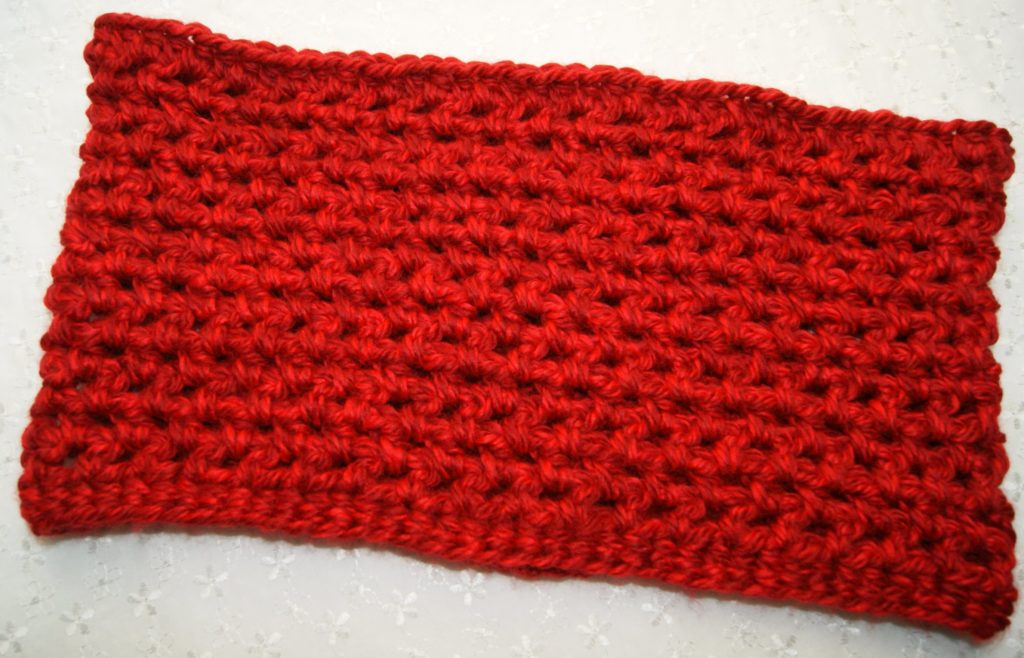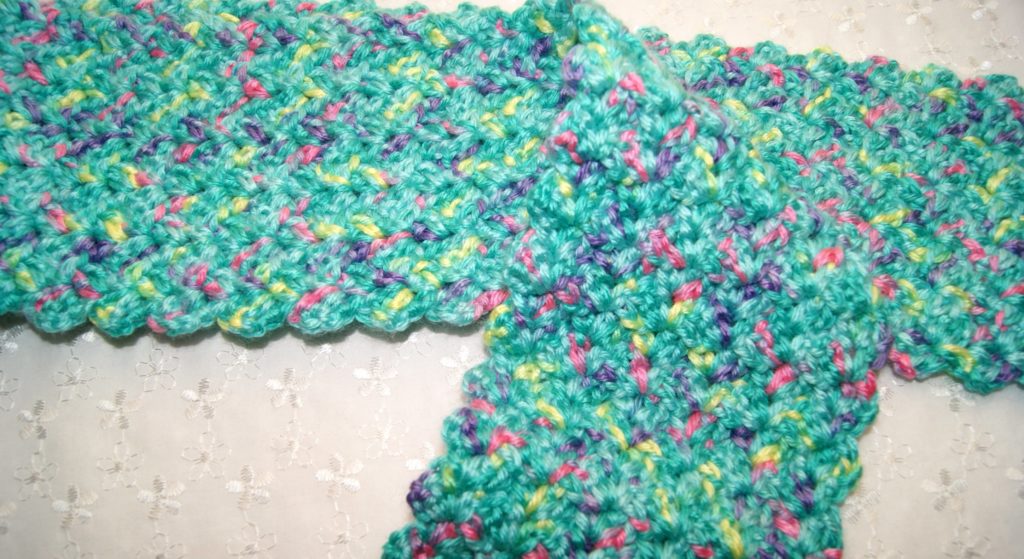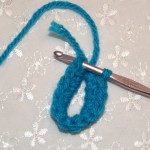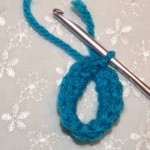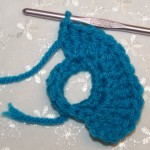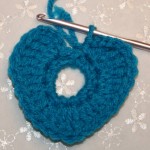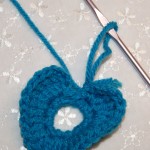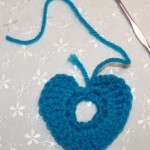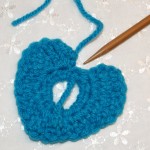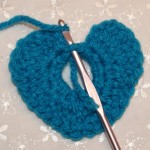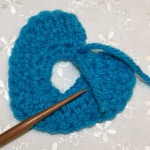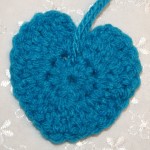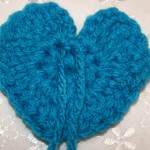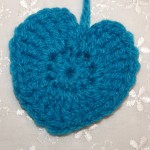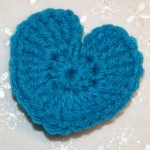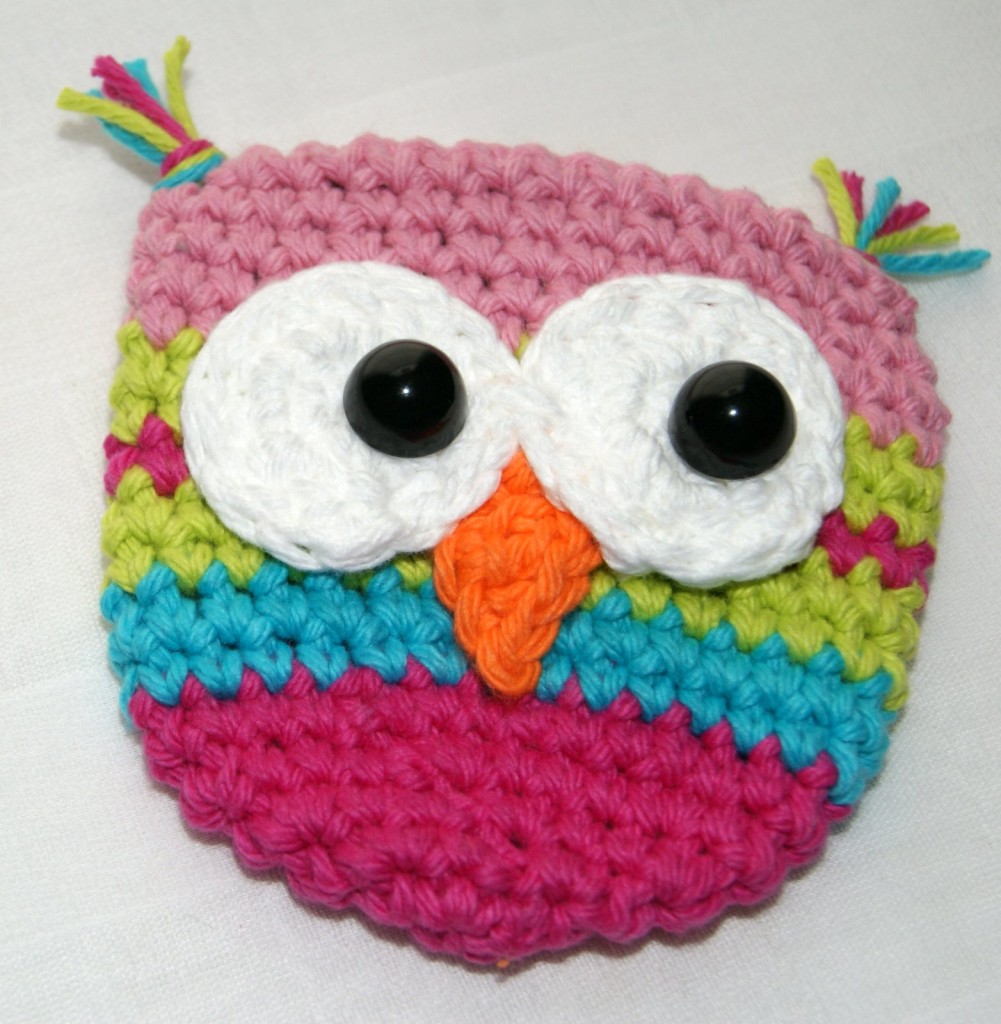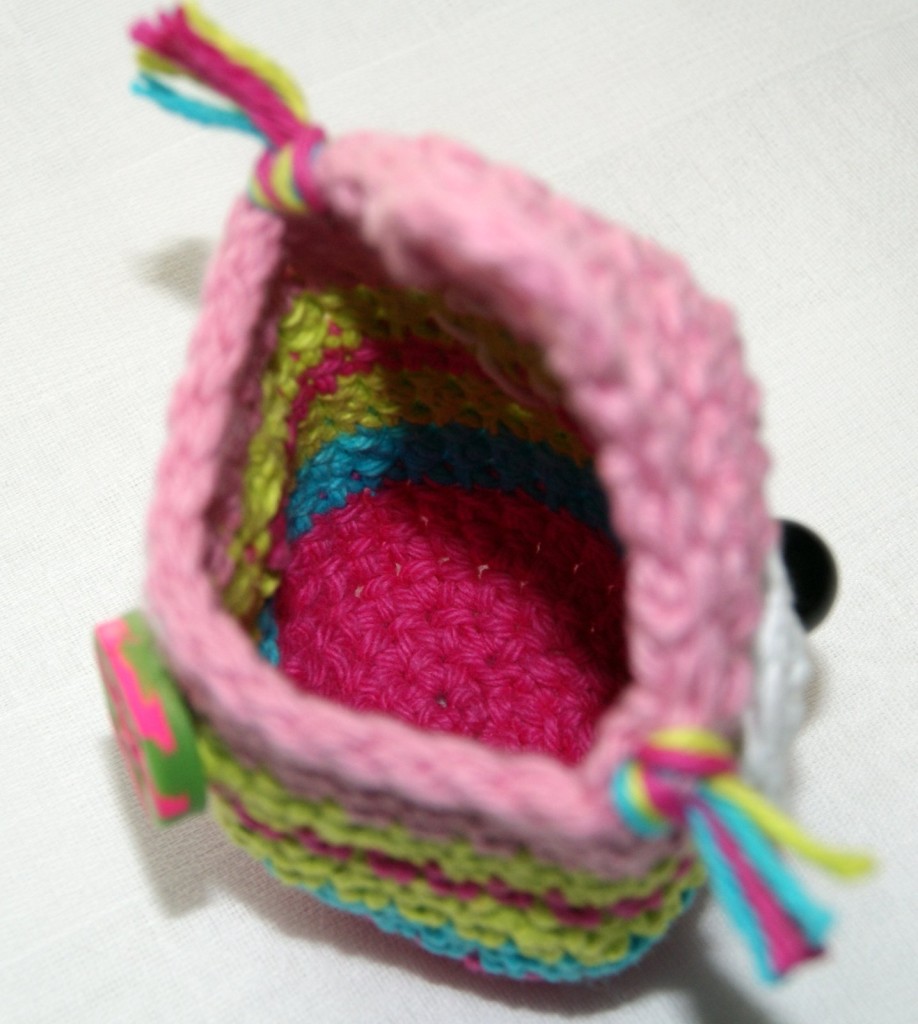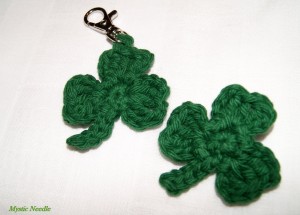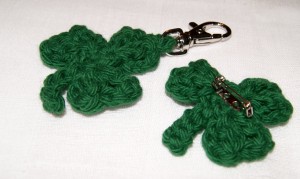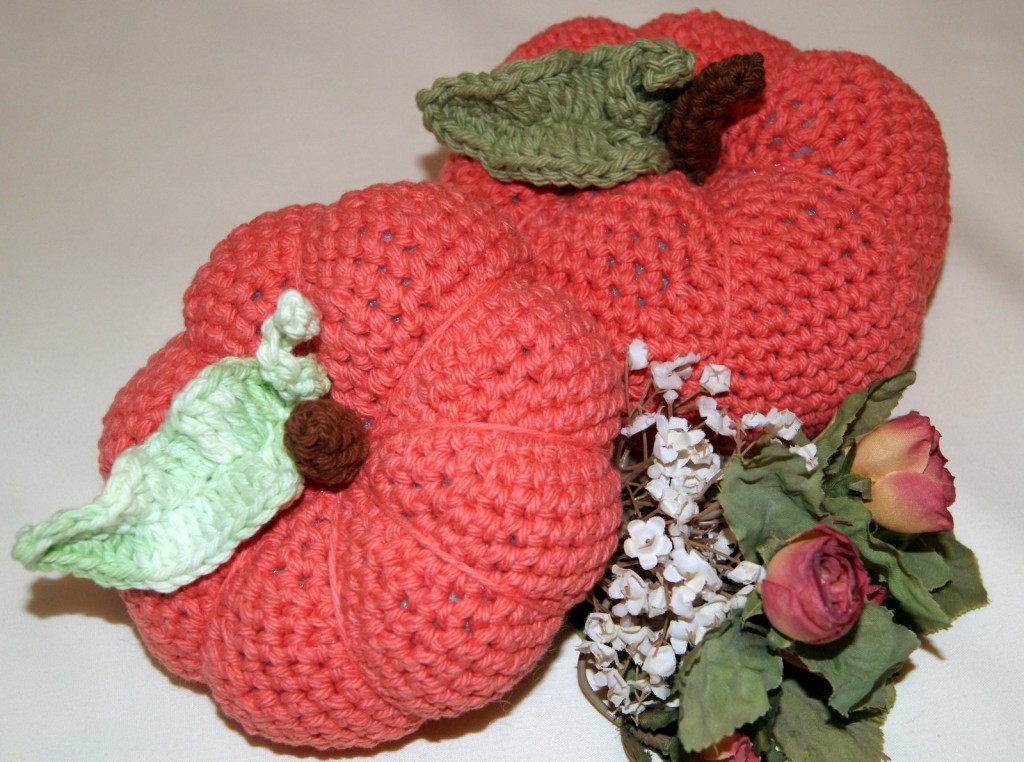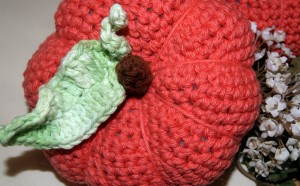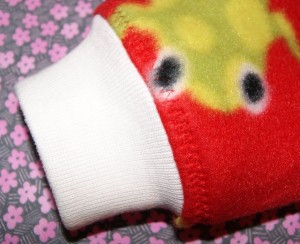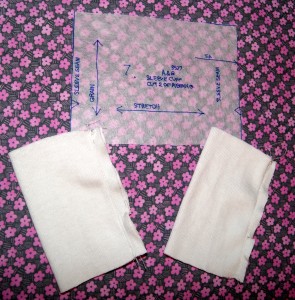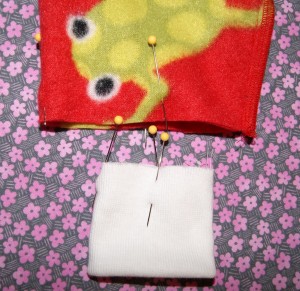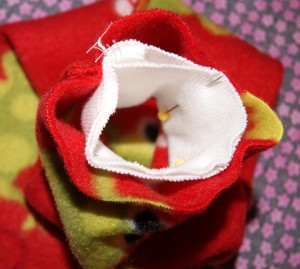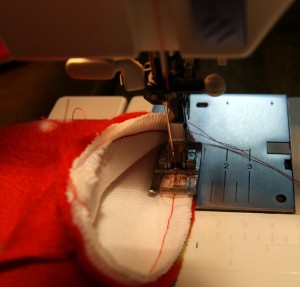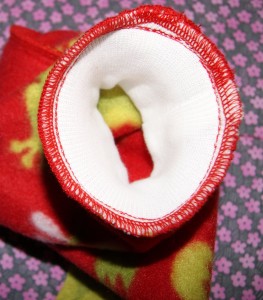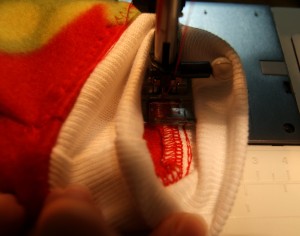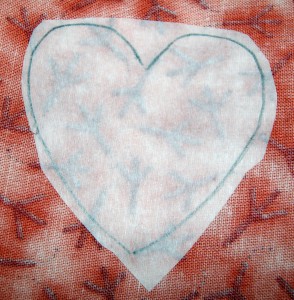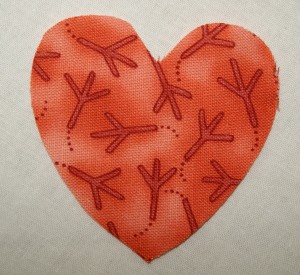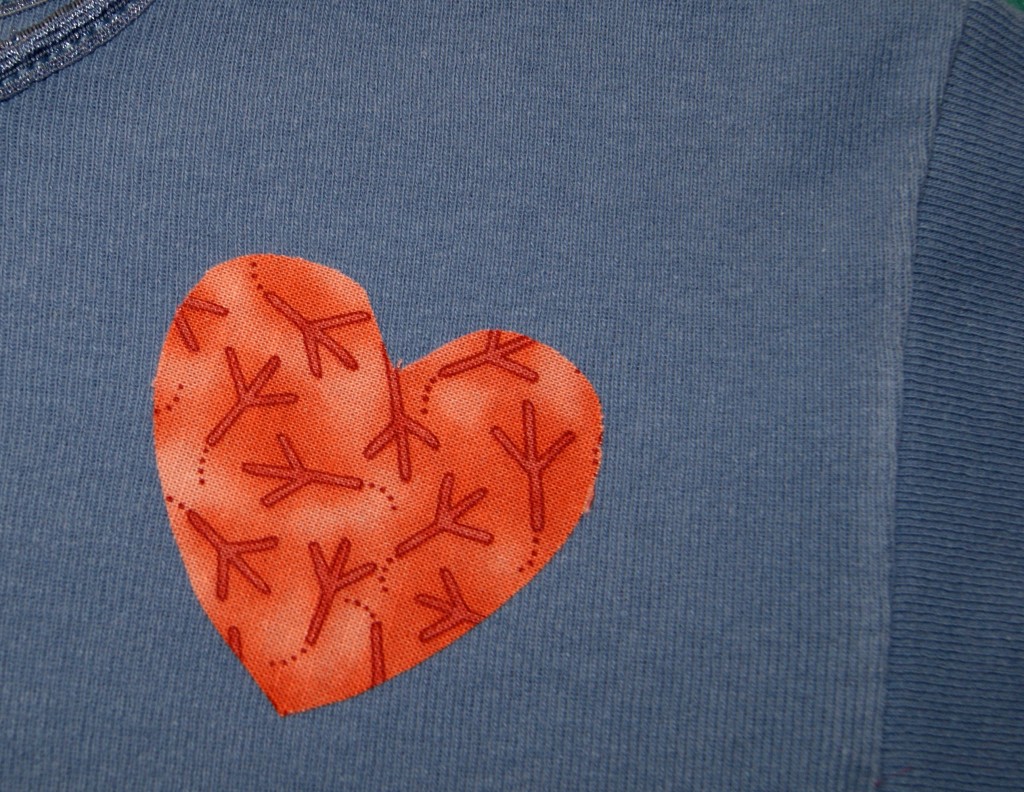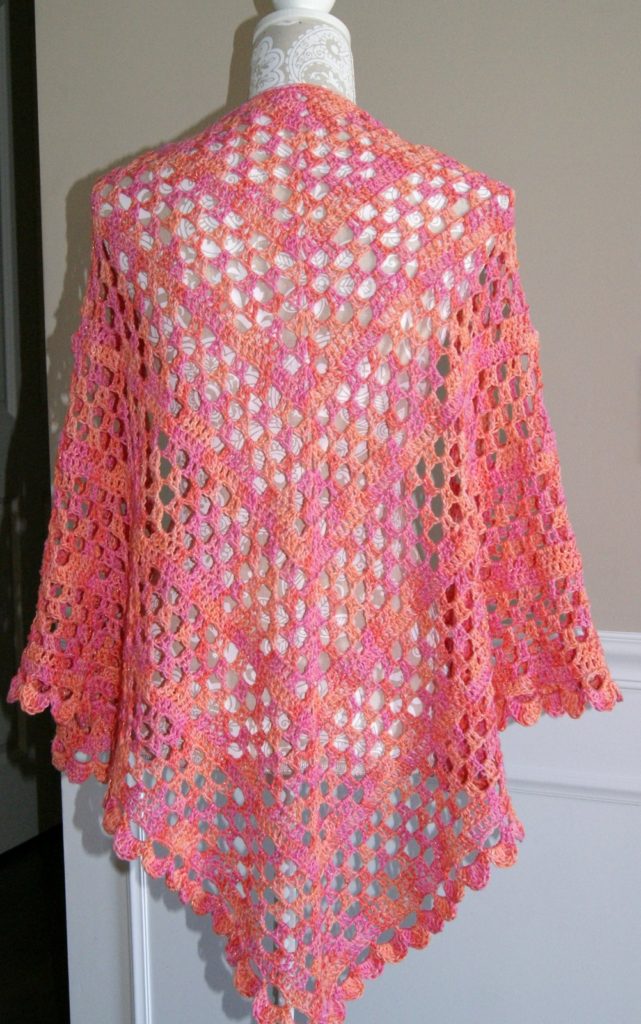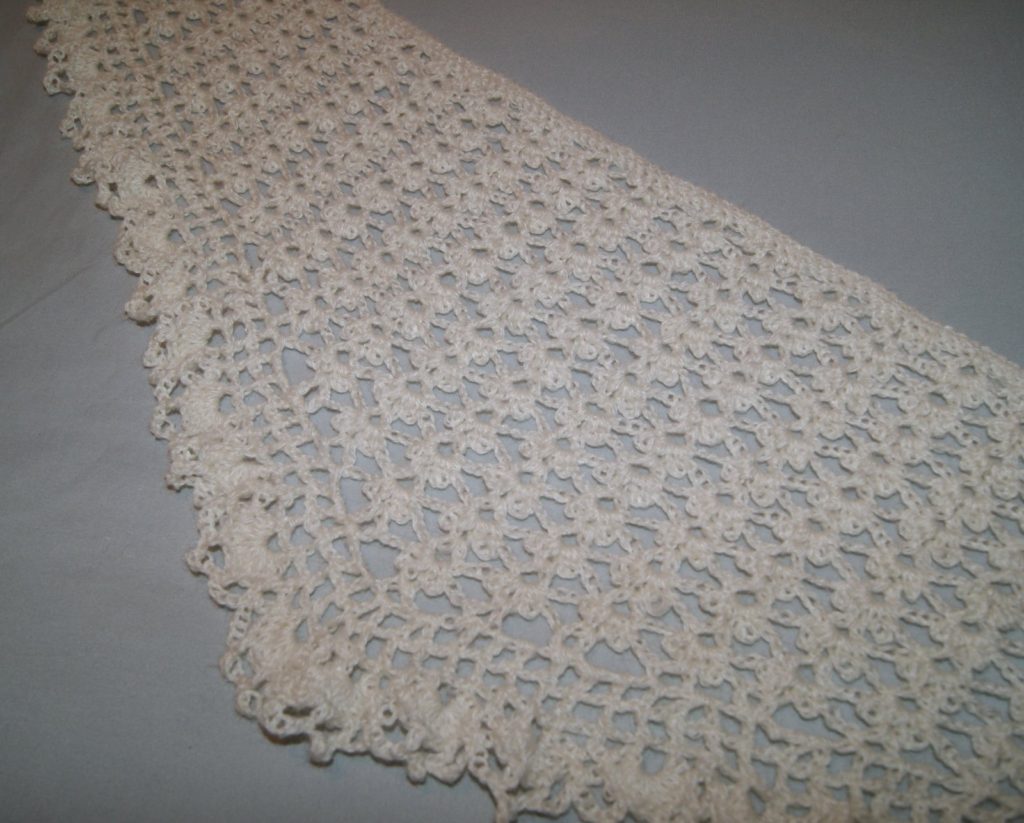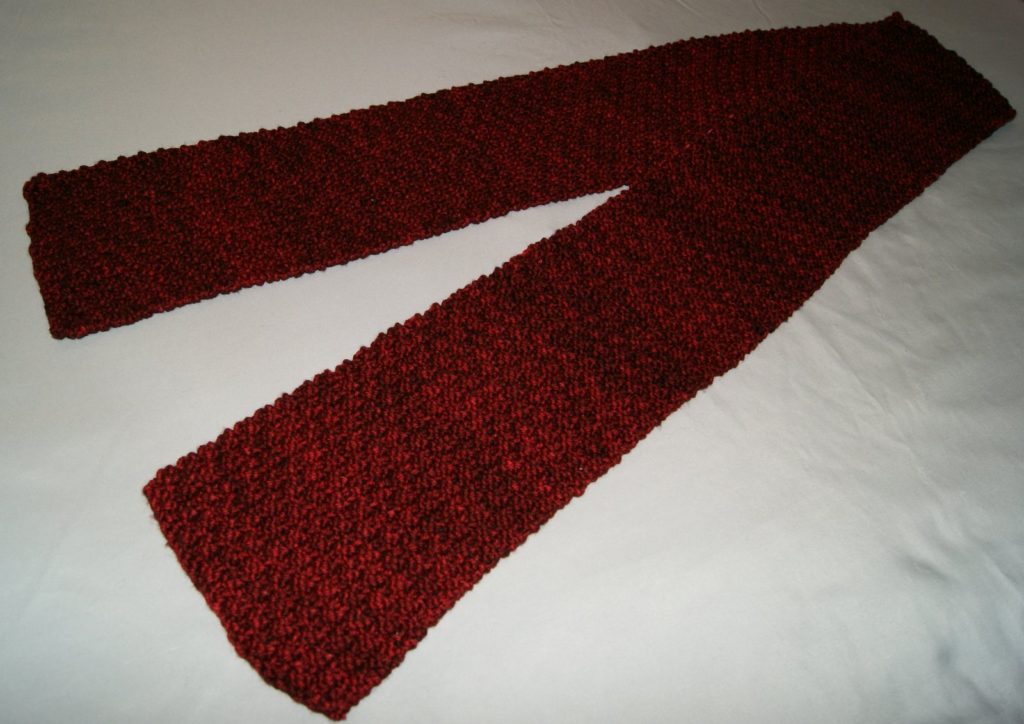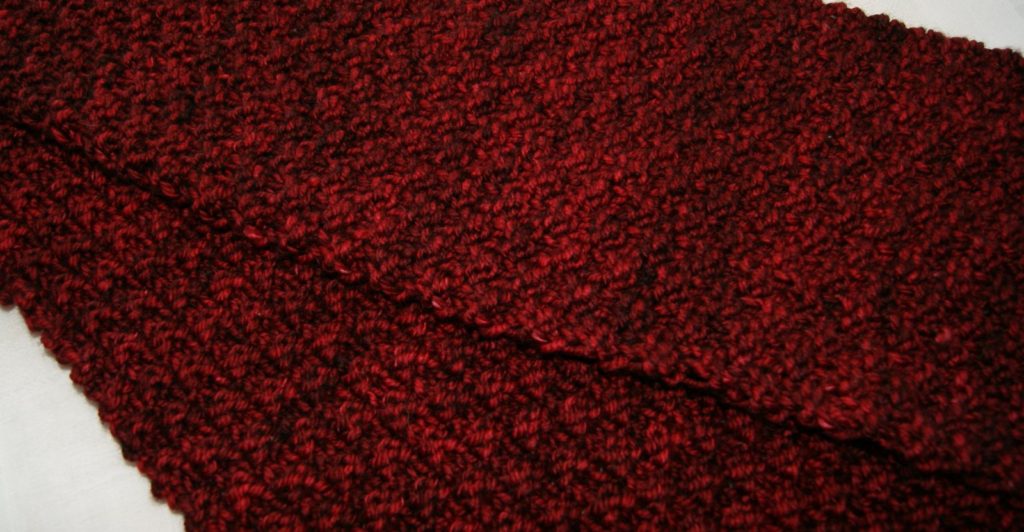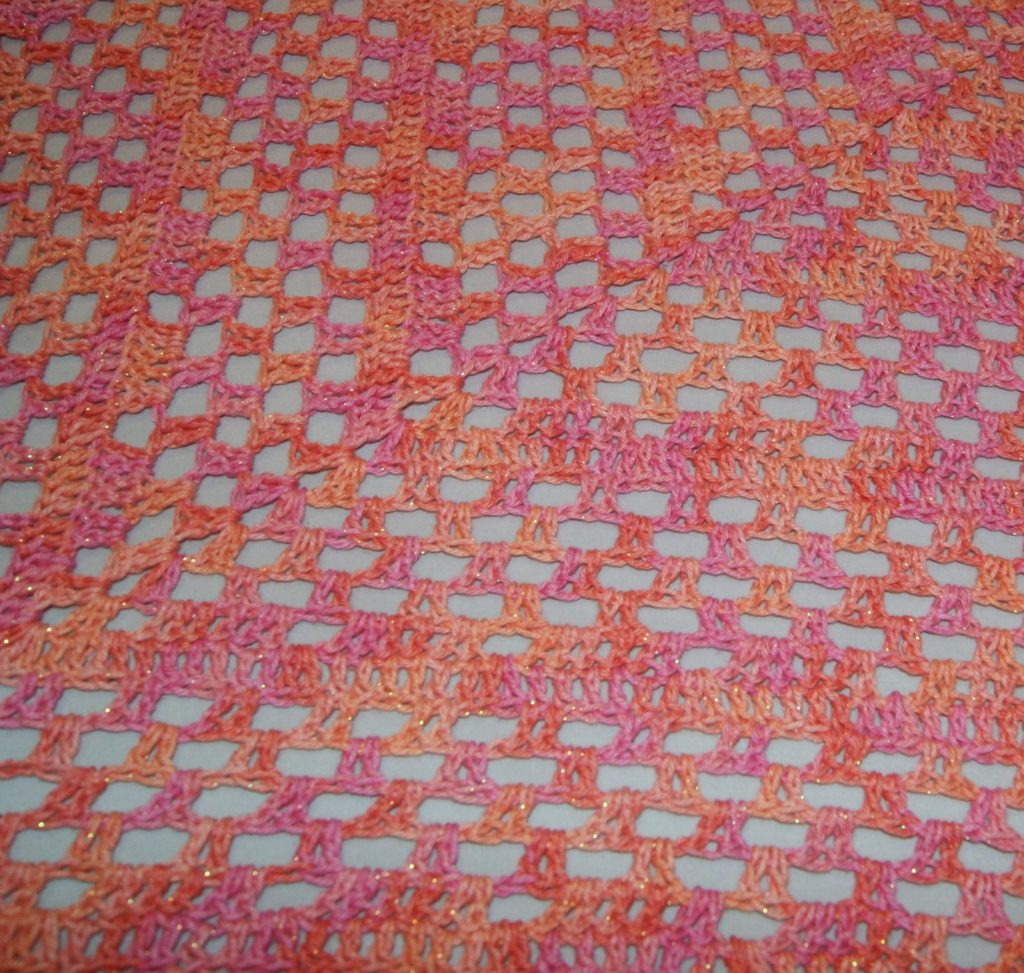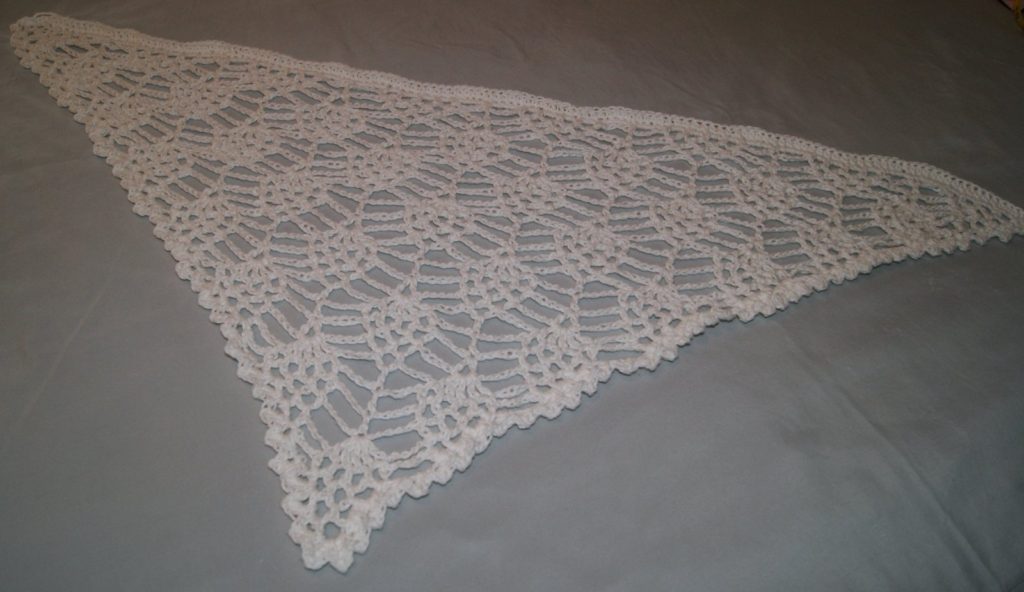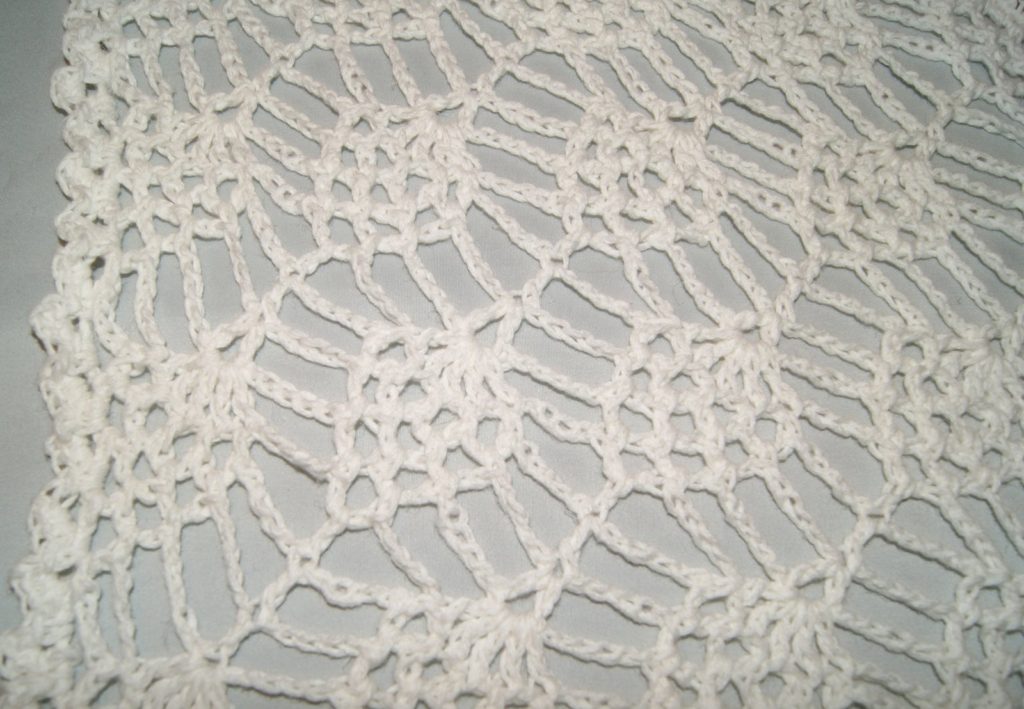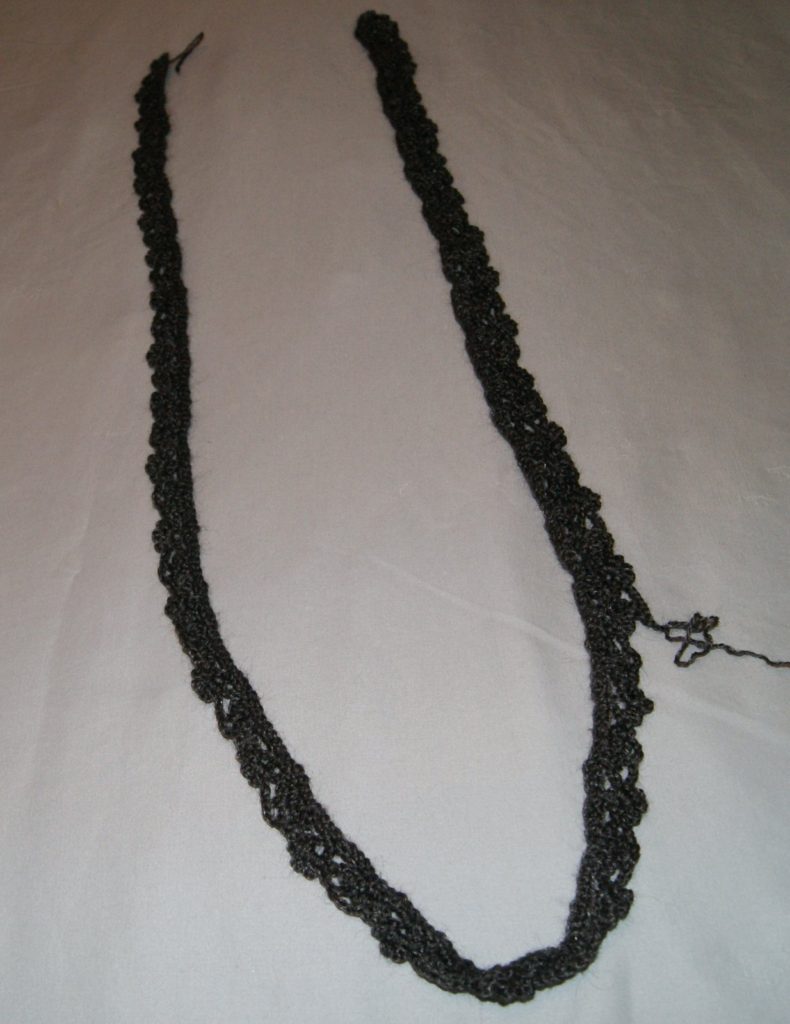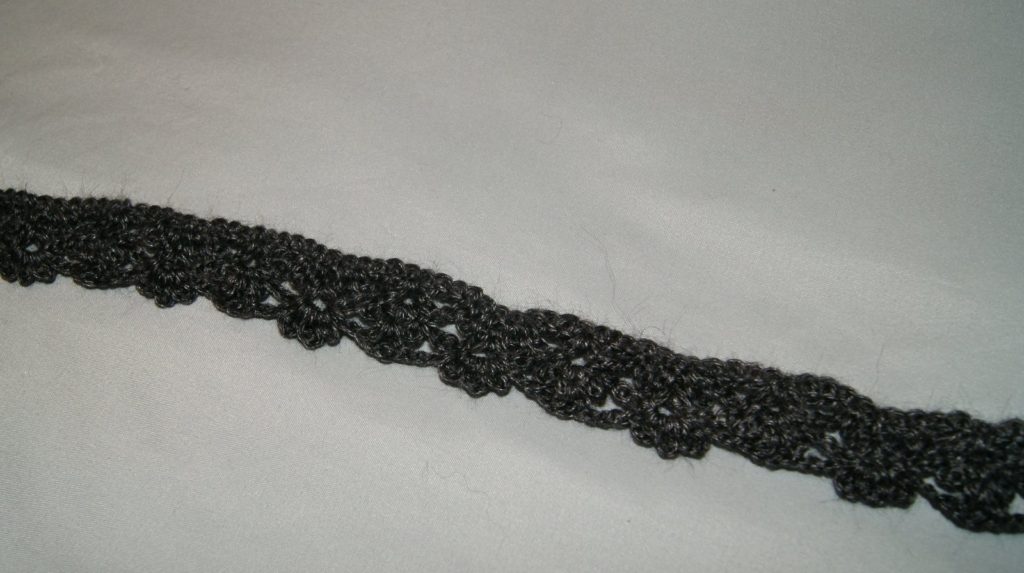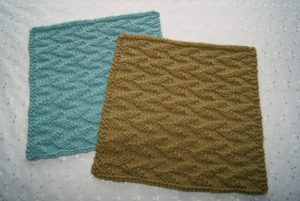
I really enjoy using a handmade cotton dishcloth for my kitchen and I thoroughly enjoy making them for myself, family, friends and as gifts. Dishcloths are an ideal way to practice various crocheting or knitting techniques. I’m still trying to better my knitting skills and making dishcloths is a great way to practice.
My preference is about a 9″ or 9 1/2″ square dishcloth. I also like a little texture not only for the scrubbing aspect but I want something that is fun and pretty!! I also prefer to make mine from 100% cotton yarn or a 50/50 blend of cotton and acrylic as it makes a pretty durable and machine washable / tumble dry cloth. I find too that if I block my dishcloth, even with tumble drying, it will hold its shape better.
For my examples, I used LionBrand Cotton Ease, which unfortunately has been discontinued. The yarn was a Category 4, medium and was a 50% cotton and 50% acrylic blend using a little over 100 yards. My crochet hook was a Size I and knitting needles Size 7.
Here are a few patterns that I have really enjoyed crocheting and/or knitting. If the pattern was a little smaller than my 9″ size, I would adjust by adding a few more chains to get to the width I wanted. Sometimes I used a larger needle size too.

The Copycat Dishcloth by Leah Michelle Designs (knit) http://leahmichelledesigns.com/free-patterns/copycat-dishcloth/
A great pattern for the beginner knitter as it is 2 basic stitches – knit and purl. As stated “this pattern mimics a traditional dishcloth” but I like the squishy feel of the garter stitch.

Double Bump Dishcloth by My Jewel Thief (knit) https://myjewelthief.typepad.com/myjewelthief_knits/2008/12/doubel-bump-scarves.html
Again, a lovely pattern for practicing your knitting skills. Just basic stitches (knit and purl) but an interesting combo to create the unique bumps and squares. The texture of this pattern makes for a nice scrubbing dishcloth.

Welted Leaf Dishcloth by Faith Schmidt (knit) https://www.knitpicks.com/patterns/Welted_Leaf_Dishcloth__D56132220.html
I love the look that the knit and purl stitches give to this design. I thought instructions were easy to follow and the finished product has a good workable feel to it.

Ocean Waves Dishcloth by Highland Hickory Designs (crochet) https://www.highlandhickorydesigns.com/ocean-waves-washcloth/
This was an interesting crochet pattern and makes a nice wavy texture for a unique look and good feel.

Arruga Stitch Dishcloth (crochet) my design using this stitch https://www.youtube.com/watch?v=3_qotdhVeMk
I really, really like this stitch technique, either side looks awesome. Made up in a super dishcloth, with very good texture, scrubbing abilities and pretty too. For my pattern, I did 36 single crochet (SC) foundation stitches, turned work – made a chainless starting double crochet (DC) https://www.youtube.com/watch?v=aduDzuchP6c, DC in the remaining stitches to continue with 36 stitches, then began the pattern repeat for the Arruga stitch https://www.youtube.com/watch?v=3_qotdhVeMk – crocheting 7 pattern repeats and ending with last row of just SC.
I use blocking wires to shape and block my dishcloths. These are great in the sense I can block about 3 at one time on one set of wires. Now I have to block all the new ones I just made 🙂



I think some of these patterns would make lovely wash cloths too, paired up with a beautiful handmade soap to be a super thank you gift!! Again, these small items work up quickly and are a perfect way to practice your crocheting or knitting skills or new stitch techniques. These are great patterns for a youngster just learning how to work with yarn too!!!
HAPPY CREATING!!
Disclaimer: This post contains affiliate links – “Commissions Earned”
,
,
,

